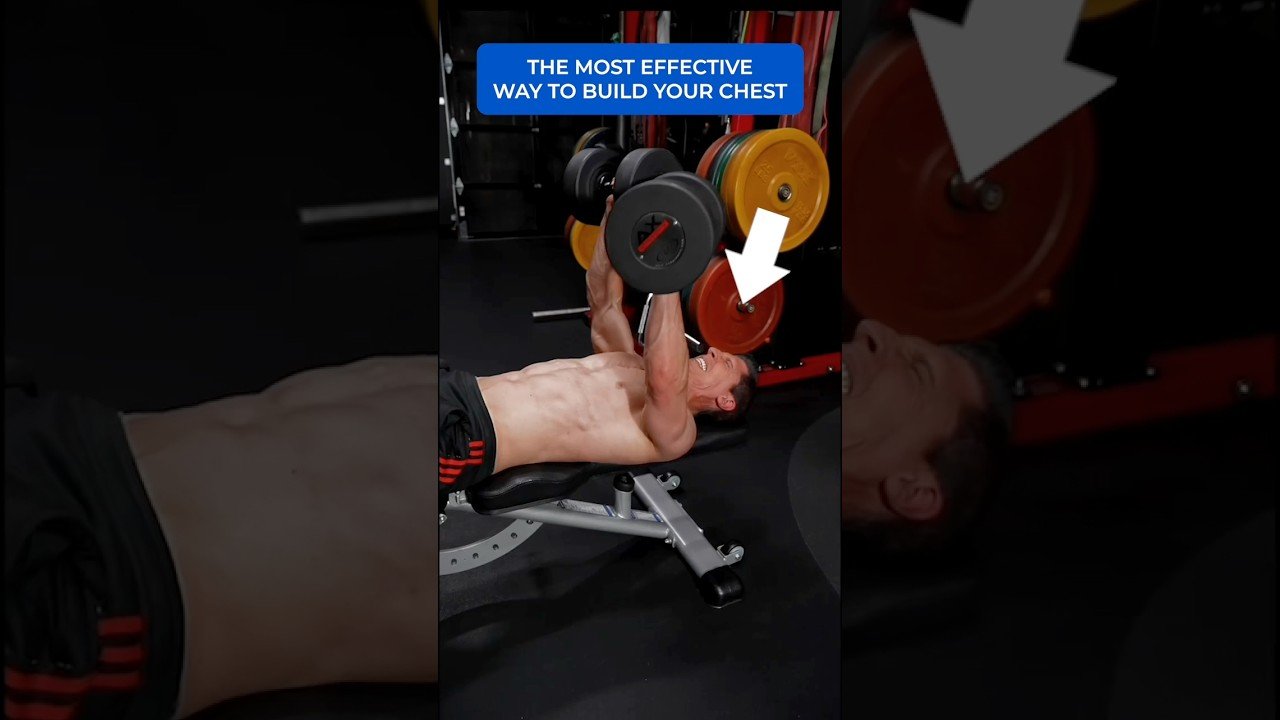
If you want to build your chest quickly then you need to use the most effective science based training techniques available. In this quick short, I will show you a live comparison between the typical set and rep structure that is used to grow a bigger chest and one based around the concept of “effective reps”.
Before we jump in, if you’re looking for the latest in science based training plans as well as supplements you can find them all here and rememberto subscribe so you never miss a video when it’s published.
Chest Workout Here – http://athleanx.com/x/most-effective-chest
Subscribe to this channel here – http://bit.ly/2b0coMW
Recent guests on the JRE podcast such as Chris DiStefano and Josh Brolin have mentioned following Jeff Cavaliere’s effective rep training method with great results. This time saving approach to high intensity trainig is the perfect way to speed up your workouts while speeding up the path to better muscle growth.
This revolves around the benefits of shorter rest periods between repeated high intensity efforts – leading to the effective reps phenomenom.
When you do a set to failure in the 10-12 rep range, the purpose of the initial repetitions (1 through 6 or so) are to simply get you to a point of muscular fatigue where the real benefits of the set can occur. The place in the set where the intensity becomes high enough to elicit a growth response in the muscle that you are actually trying to build.
When you take a typical rest of 2-3 minutes between sets however, you are giving your muscles a chance to more fully regenerate and recuperate to the point that you are once again able to do 10-12 repetitions. The question however is, why? If the point of those early reps is to set the stage for the growth producing reps – why not let shorter rest periods get you more quickly to those growth producing reps.
Limiting your rest instead to just 15-30 seconds between sets can do exactly that.
It is advised that the more experienced a lifter you are, the longer those rest times should be and the more of a beginner you are, the shorter they should be. This is due to the fact that the more experienced trainee has more of a capacity to take their sets to a true failure point. They have the ability to discern the right type of intensity required to go to and through a point of momentary muscle failure. The beginner on the other hand often times underestimates their capacity, allowing the shorter side of the shorter rest periods to be the equalizer that gets them back into those productive reps more quickly.
When it comes to the chest specifically this could look like this:
Perform a set of the dumbbell bench press as shown to 12 rep failure. Choose a weight that will cause you to fail at or close to the 12 rep mark. This is called the ignition set. At this point, the real work begins. Rest for just 15 seconds as part of a somewhat prolonged rest/pause. As soon as these 15 seconds are up, get back into another set. You will instantly recognize that the reps will be challenging more quickly due to the decreased recovery time allowed.
You are still using the same load however, therefore your chest is still being subjected to the same external load. However many reps you get after each of these rest/pause increments are all deemed to be effective reps. Each bout should be taken to failure. Accumulate 20 effective reps, even if you’re getting just 1 out at a time at some point, and your work on that exercise is complete.
If for some reason you are unable to complete any more reps on your way to 20, end your set and aim to complete all 20 the next time you perform this workout.
If you are looking for step-by-step programs that include how-to guides on every exercise you do, you can find them over at athleanx.com
For more exercise guides and how-to instructionals, be sure to subscribe.
Jeff Cavaliere MSPT, CSCS served as both the head physical therapist and assistant strength coach for the New York Mets. Jeff earned his Masters of Physical Therapy and Bachelor’s of Physioneurobiology from the College of Health Sciences University of Connecticut Storrs. He is a certified Strength and Conditioning Specialist by the National Strength and Conditioning Association (NSCA).

